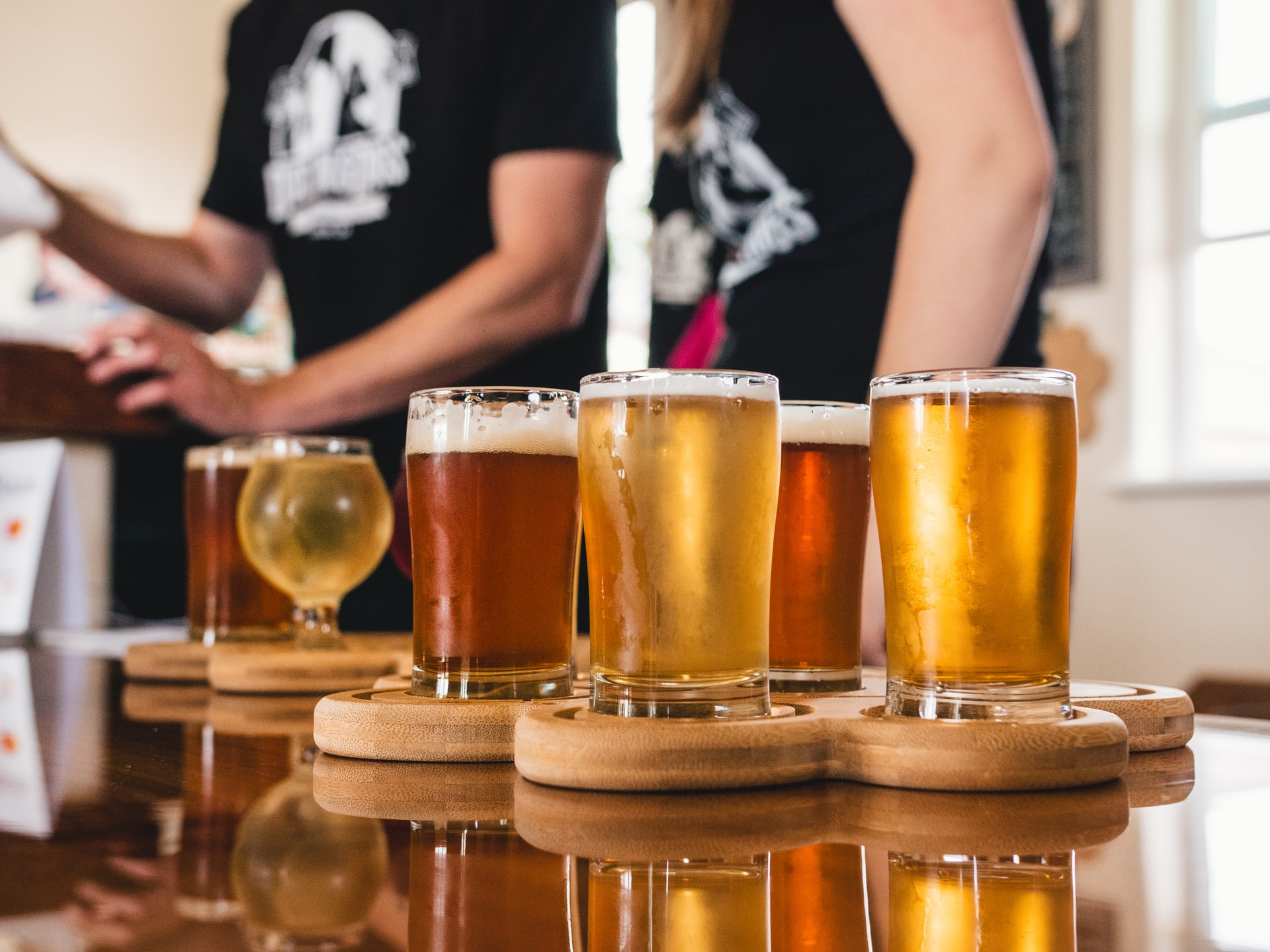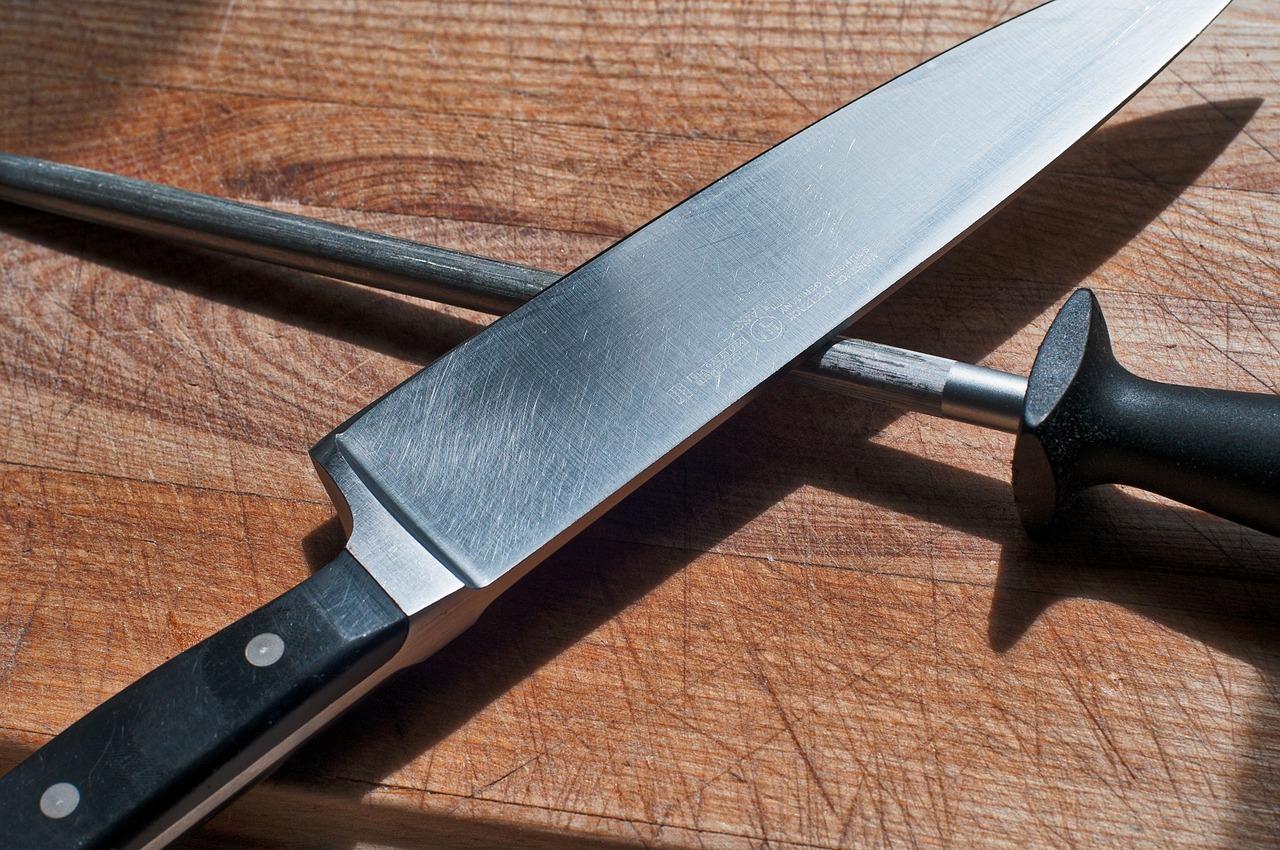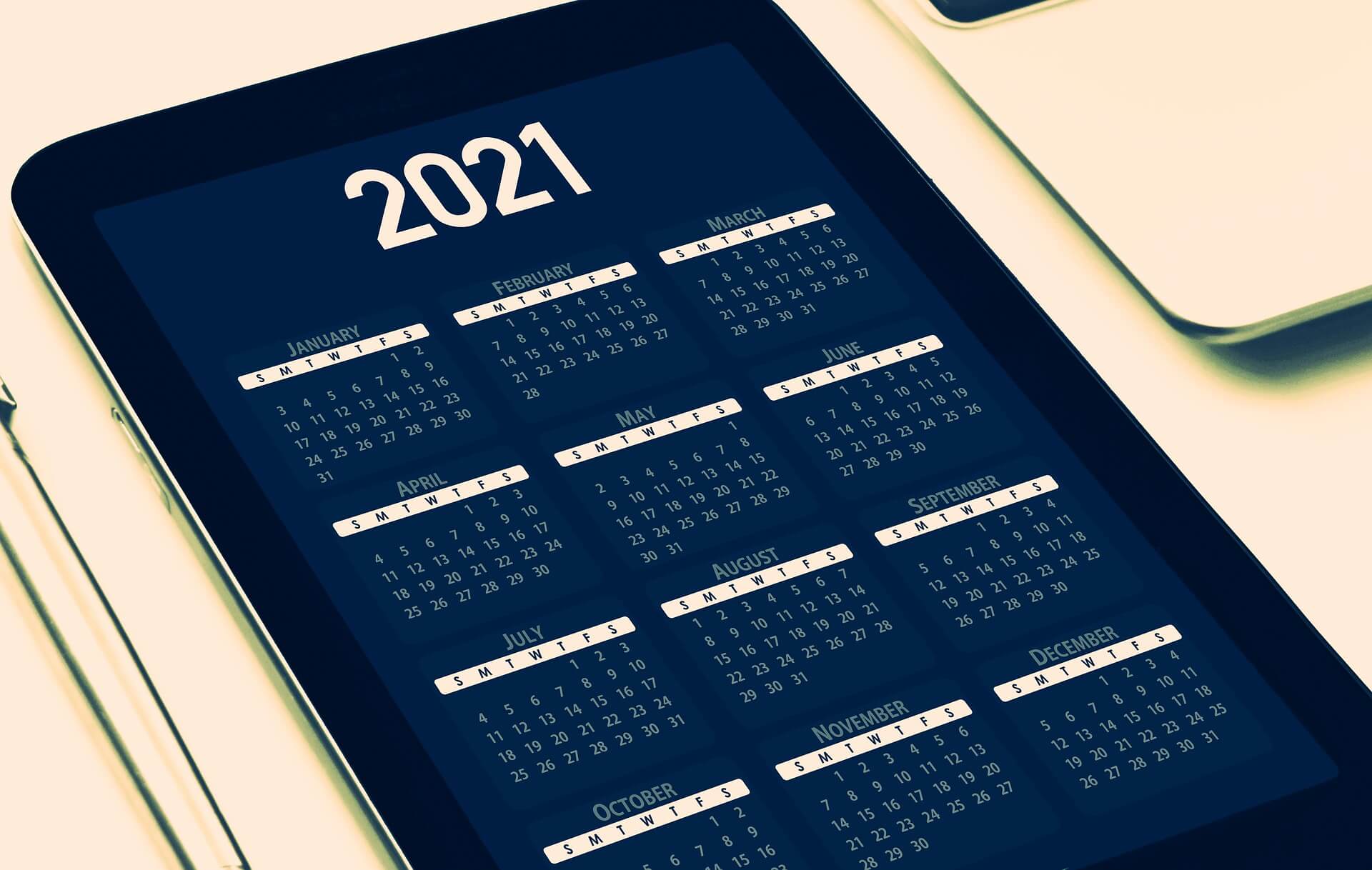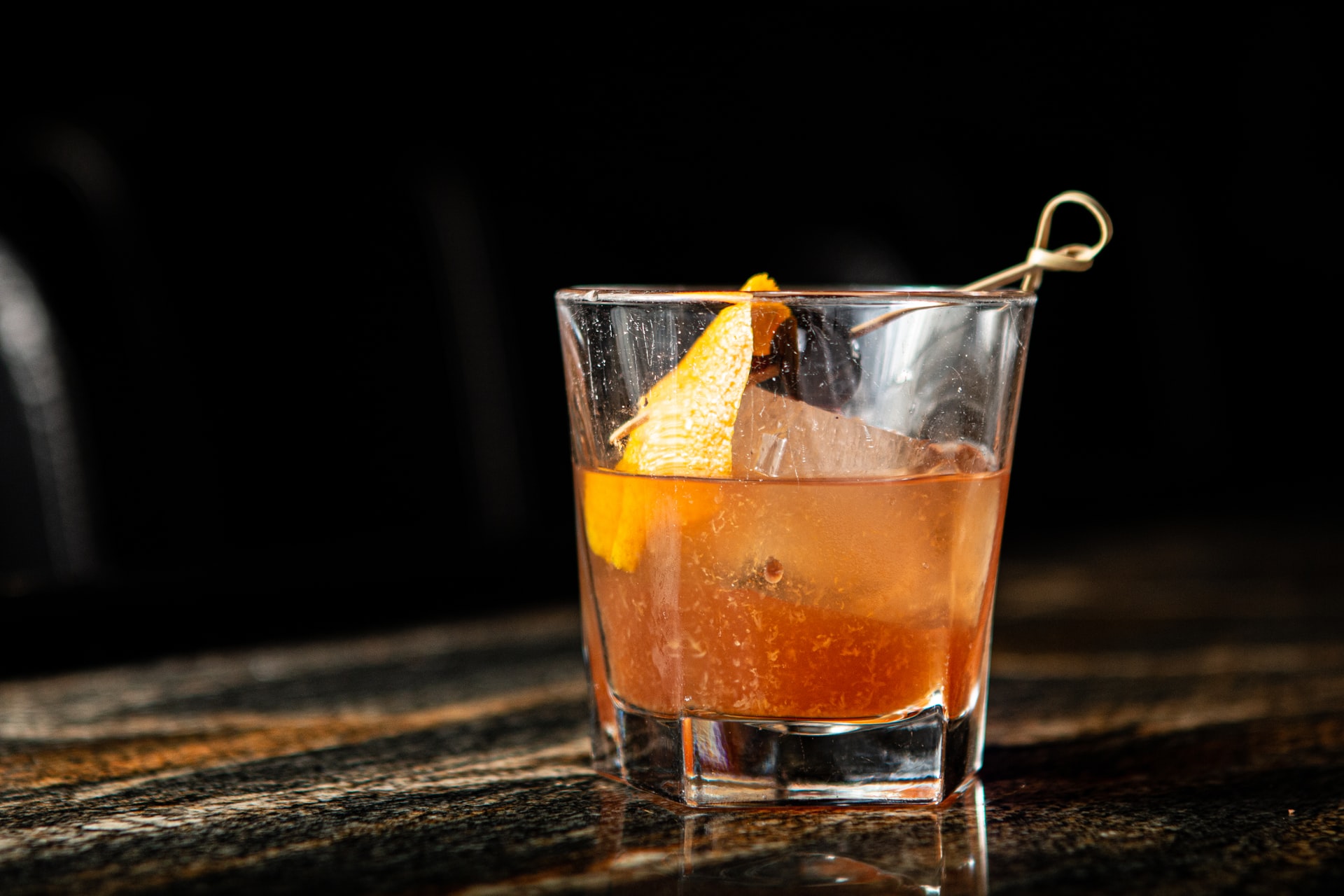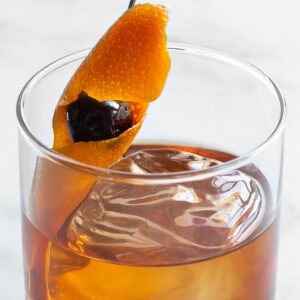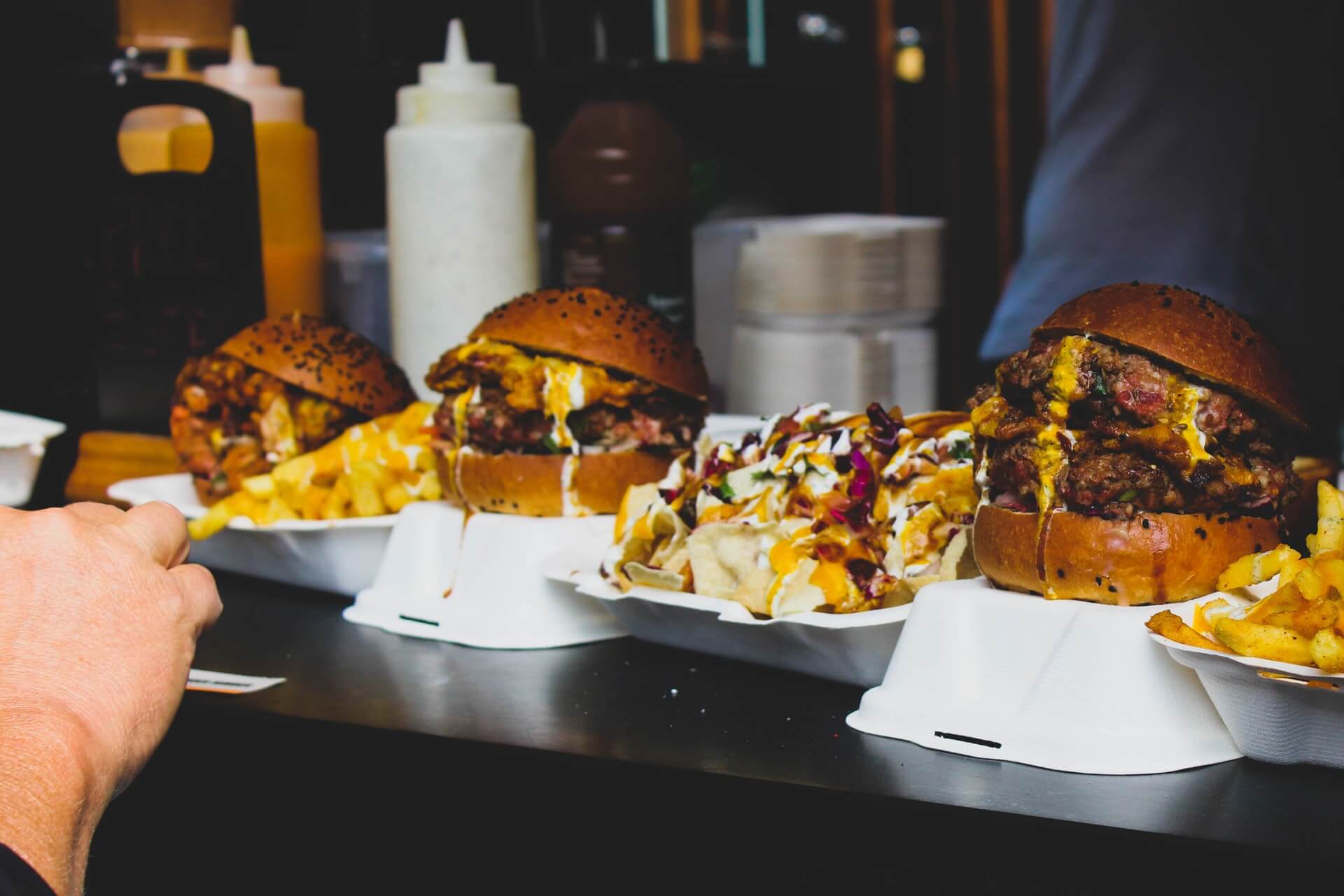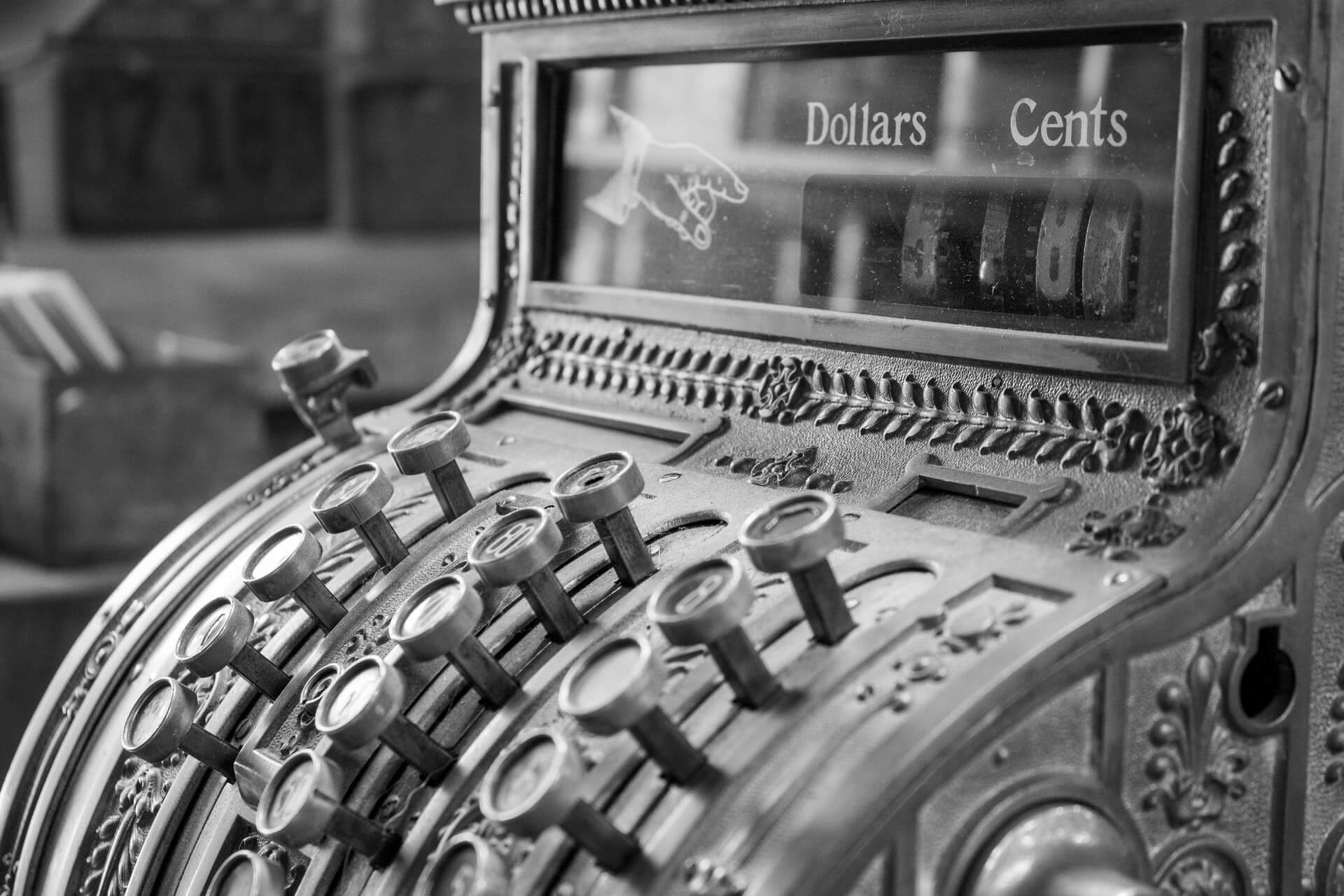Resources for Keeping Guests and Staff Safe
by David Klemt

One of the non-negotiable responsibilities of operators and their team members is ensuring the safety of every guest they serve.
Respecting others, instilling trust in guests and the community, and awareness are core tenets of hospitality.
Further, those three tenets are also crucial for the safety of guests, team members, and the community.
We in the hospitality industry like to think we deliver selfless service, putting guest needs above our own. The phrase “all are welcome” is supposedly a hospitality mantra.
But if operators aren’t providing the tools and empowerment staff need to ensure every guest is safe, is everyone really welcome?
Safety as a Core Value
Look, I know it can be uncomfortable to address the uglier elements of this industry. However, we can’t effect change to severely reduce the impact or outright eliminate those elements if we don’t face them.
On today’s Bar Hacks podcast, episode 54 with Ivy Mix and Lynnette Marrero, our guests address keeping women safe in bars and restaurants. That goes for guests and staff.
When we’re honest with ourselves, we know that our industry, operating at its best, is welcoming, accepting, supportive of the communities they serve, and a pillar of society. But we also know we have widespread issues concerning the harassment, violence, and inequality affecting women and other minorities.
Two things can be true at the same time. However, we can work toward wiping out that second truth.
During today’s podcast, Ivy Mix shares two key resources for building safer hospitality venues and work environments: Safe Bars and Green Dot.
Safe Bars
This organization seeks to improve the safety and culture of any venue that serves alcohol. Restaurant, bar, nightclub, brewery, hotel… If alcohol is a major component of service, Safe Bars wants to help.
Through three Safe Bars programs, operators can make their businesses safer:
- Active Bystander Skills. Teachers operators, leadership team, and staff how to recognize unwanted sexual aggression and opting for the best intervention solution. (Learn more here.)
- Self-defense and Empowerment. Strategies an owner, operator, member of the leadership team, or a staff member can implement should they be the one targeted for aggression or other unwanted attention. (Click here to learn more.)
- De-escalation for Hospitality Professionals. The tactics necessary to keep one’s self and others safe should they encounter an aggressive, angry or threatening guest. (More information here.)
Unfortunately, most hospitality professionals have at least one story involving unwanted aggressive or threatening behavior from a guest. Programs like those on offer by Safe Bars can help bystanders intervene to protect others and themselves.
Green Dot
I’ve written about Green Dot Bystander Intervention education before.
Specifically, I shared Green Dot’s Five Ds of Bystander Intervention:
- Distract
- Delegate
- Document
- Delay
- Direct
Programs like those from Green Dot and Safe Bars can help operators and leadership assess their bystander intervention capabilities.
The time is now to have an open and frank discussion to assess each team member’s comfort level regarding intervention. That can provide a baseline and guide operators towards which programs they should pursue. From there, operators and leadership can create policies and procedures for intervening, and keep guests and staff safe.
Addressing safety rather than hoping nothing will happen and these issues will somehow solve themselves pays immense dividends. Here are just a few examples:
- Greater staff confidence.
- A better relationship with the community, along with increased traffic.
- A reduction in staff turnover.
Service is about more than food, beverage, and entertainment—it’s also about safety.
Image: Katie Moum on Unsplash


